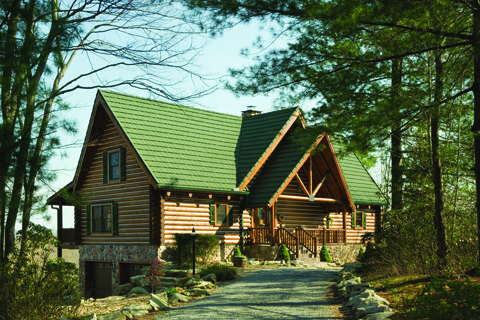In November 2010, the National Association of Home Builders (NAHB) reported that the median size of new home construction continued to decline during the latter half of the decade, peaking at 2,268 square feet in 2006 and settling to an even 2,100 square feet in 2009.
According to the report, a similar trend occurred in the early 1980s, when interest rates climbed to astronomical heights, but this reduction in square footage was only temporary. The 1990s saw the emergence of the McMansion —homes that had size to spare but lacked warmth and personality. This time, though, analysts say that the small-home trend isn’t just a knee-jerk reaction to economic conditions; there are other, bigger factors at work.
According to the report, “Part of the current home size decline may again be a temporary recession-related phenomenon, but part also can be attributed to trends in factors like the desire to keep energy costs down, amounts of equity in existing homes available to roll into a new one, tightening credit standards, less emphasis on the pure investment motive for buying a home and an increased share of homes sold to first-time buyers,” writes Paul Emrath, NAHB’s vice president for survey and housing policy research.

Tony Gacek, executive director of the NAHB’s Building Systems Councils, which encompasses log home producers and builders, says that these conditions also play a role in log home construction, but so do other factors.
“Many log home buyers are looking to build their retirement homes, so the natural progression is toward a smaller footprint for ease of maintenance,” explains Tony. “Plus, the emphasis on energy efficiency and green building just aligns itself with the smaller-home trend. It makes sense for the log home industry.”
Of course, Tony acknowledges that some folks with extensive financial resources will continue to build grand, sizable homes; but for most, home buyers are choosing to invest their money into high-end fixtures and finishes, as well as eco-friendly building components and systems like argon-filled, low-E windows and geothermal heating rather than raw square footage. These are smart choices for a home that will continue to satisfy now and for future generations.
View the whole NAHB report at NBN News.

